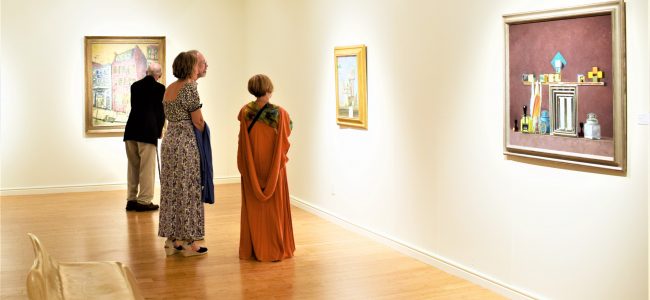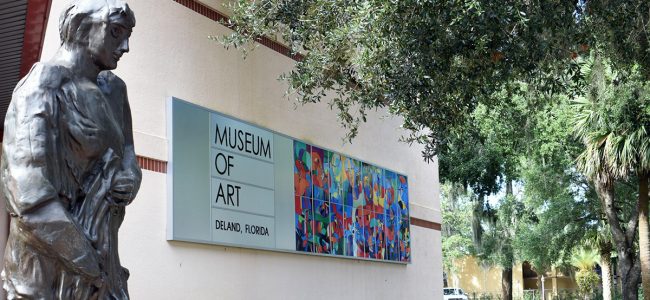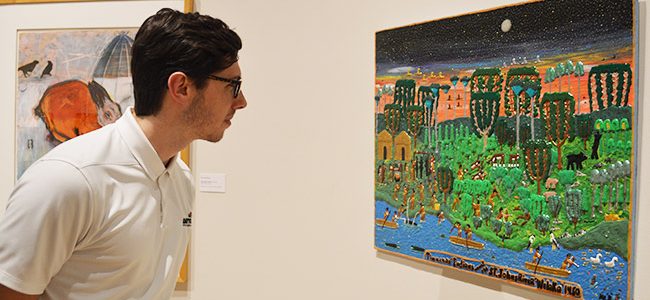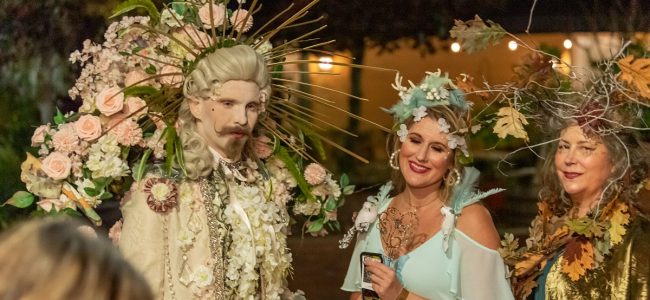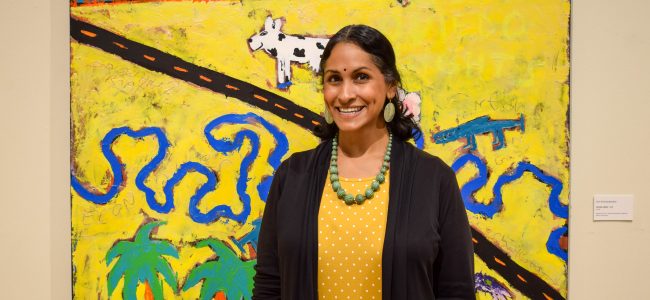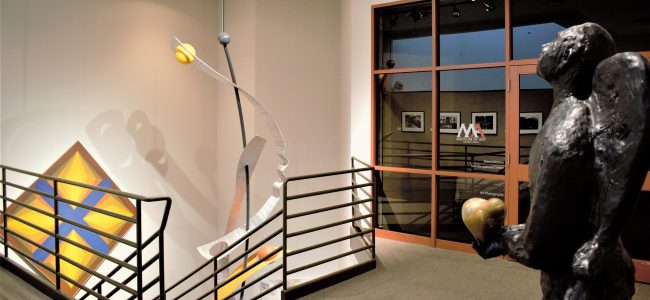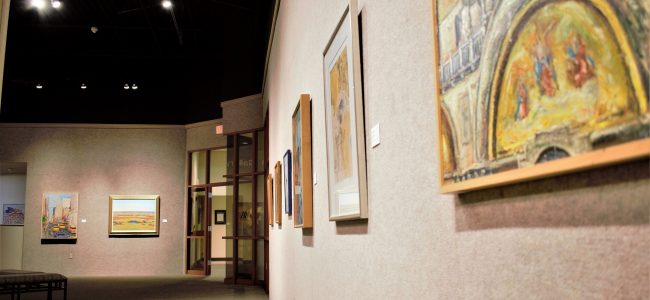Robert Huff: Retrospective
May 22nd, 2018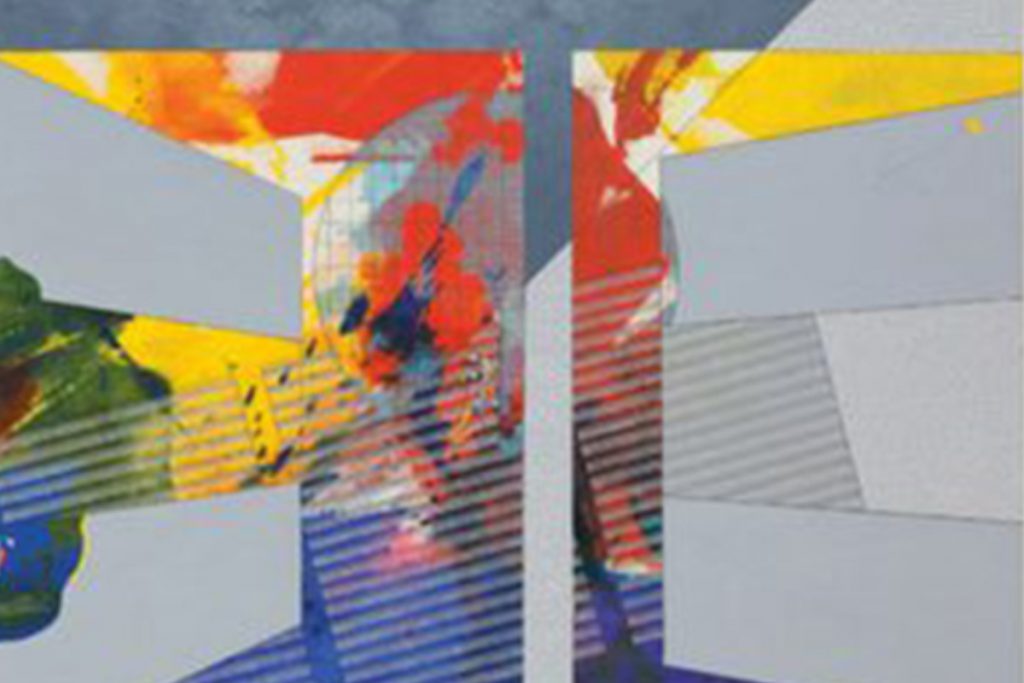
One could look at the body of work (which is at once diverse and connected) and see it a sculpture, painting, collage, drawing, and more. Huff said at one point that he regards it all as drawing – drawing with paint, or wood, or even the heavy metals of his three-dimensional projects (that most would call sculpture) and using materials that were both tactile and dimensional. “Labels are hard to deal with,” he said. Indeed, his career started in that drawing class he took as an elective in junior college, but more pertinently (and on view in this exhibition) are the sketchbook drawings that absorbed him in recent years, shown in an exhibition at the Carol Jazzar Gallery in 2011. But labels? Helen Kohen once referred to him as a “colorist, architect, inventor, chartmaker, tracker, “ and that list is not really long enough by half. Among the materials Huff worked with are woods (oak, pine, teak, poplar, locust, and ipe, among them); metals including aluminum, bronze, and steel; Plexiglas, plastic, tile, paper, various found objects as an array of media: photography, acrylic, gouache, watercolor, Prismacolor pencils, and graphite.
The paintings and sculpture are often massive, filling a wall or even (as was the case with his public art projects and some of the three-dimensional work) an entire space; event those pieces that are smaller in actual dimension have a commanding presence. His fascination with structure, with construction, manifests itself in the form of the grids that pervade so much of his work – fragments of buildings drawn flat or sometimes curved that come together to represent buildings, imparting the idea of the silhouette of a bridge, a transmission tower, or a skyscraper silhouetted against the sky. On occasion, there are pale almost Magritte-like clouds in the background, the puffy tropical formations of South Florida where Huff lived and worked for 46 years. His color palette evolved over the years, from the blues, oranges, and yellows of the tropics to the reds, blues, along with gold leaf, that Huff introduced into his work after a profoundly affecting trip to Russia. In more recent years, Huff’s interests turned to the landscape, or more particularly to the denuded, degraded landscape of the region. Intriguingly, as he looked to the vast mountains and hilltops of Appalachia, his response was to write it small – in sketch-books filled with drawings.
Huff went on to do a number of large-scale public projects, three at airports (his Miami International Airport work, which was nine feet tall and 510 feet long, was destroyed when the concourse got a makeover, though the consolation prize for this savage act was a Metrorail station commission), but his legacy beyond the public work, as evidenced in this important exhibition, is actually quite large. To see the work gathered together is to see a lifetime of art-making fueled by observation and passion.
Beth Dunlop
